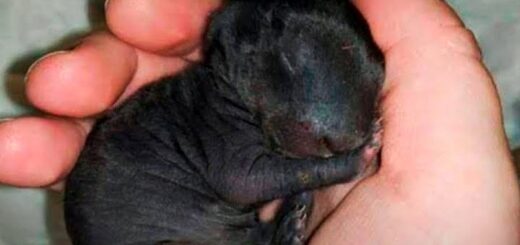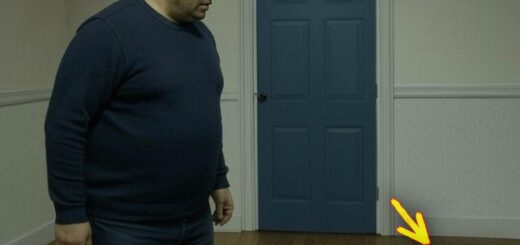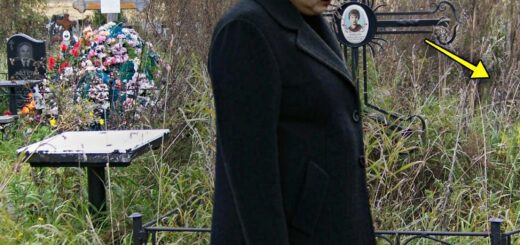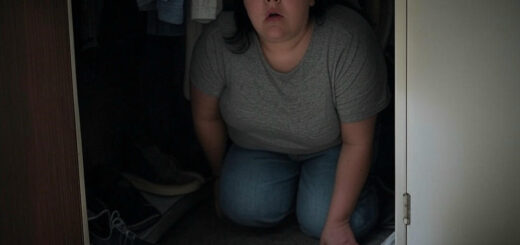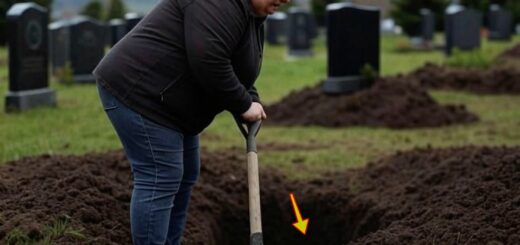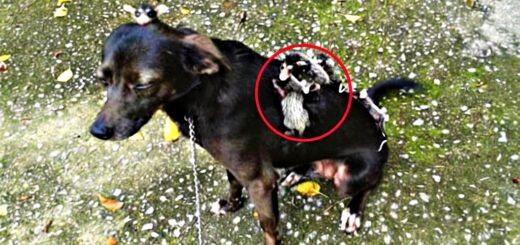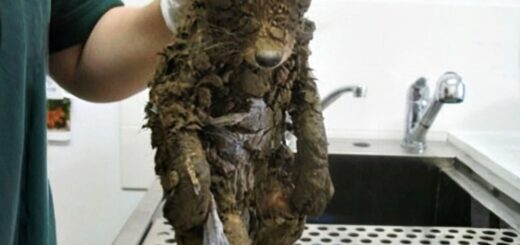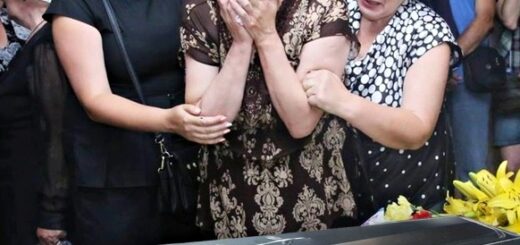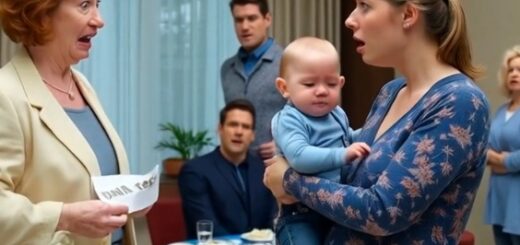Single mother gambled her final $900 on a deserted house. The discovery inside transforms her life forever…
Maya looked through the photographs next. They showed a striking woman with mixed features, exactly as Iris had described her. Tall and elegant, with distinctive heterochromatic eyes.
Many pictures showed Josephine in her gardens, surrounded by plants at various stages of growth. Others showed the house when it was well-maintained, with flowering vines covering the porch and neat pathways leading to different garden areas. The brass key was heavy in Maya’s hand, ornate and old-fashioned, no idea what it might open, but she placed it carefully in her pocket.
As she continued reading the journal, the entries became increasingly technical, with chemical compounds and molecular structures that Maya, despite her nursing background, couldn’t fully understand. Josephine wrote about a particular plant compound she was isolating that showed remarkable efficacy against something called Carther’s syndrome. Maya recognized that name.
Carther’s syndrome was a rare autoimmune disease that caused progressive organ failure. It was named after the doctor who first identified it in the 1970s. As a nurse, she knew it was essentially a death sentence.
Expensive treatments could slow its progression but not stop it. The final entries in the journal took a darker turn. Josephine wrote about someone she referred to only as R.P. who had shown unusual interest in her research.
R.P. visited again today. One entry from April 1000, 989 read, His offer has increased to seven figures, but money isn’t the issue. I don’t trust what his company would do with this research.
The compound should be available to everyone who needs it, not locked behind patents and price tags. He didn’t take the rejection well, said I should reconsider, that things could become difficult for me if I continued to refuse. The very last entry, dated May 15, 1989, was brief and chilling.
Someone was in the lab last night while I was asleep, nothing seems to be missing, but papers were moved. I’m moving everything important to the secondary location tonight. If anything happens to me, the truth is hidden where only the right person will find it.
R.P. will never have my work. After that, nothing. The remaining pages were blank.
Maya sat on the dusty floor holding the journal, a chill running down her spine despite the warm evening. Josephine had feared for her safety, had hidden her research, and then had disappeared. This wasn’t just an abandoned house Maya had purchased, it was a crime scene.
And somewhere on the property, Josephine Mercer had hidden a medical breakthrough worth killing for. Maya couldn’t sleep that night. The journal, the photos, and especially Josephine’s final ominous entry kept replaying in her mind.
She had so many questions. Who was R.P.? What exactly had Josephine discovered? And most importantly, what had happened to her? In the morning, rather than going to work, Maya called in sick and drove to the local library. The older building had a small archive of local newspapers on microfiche, and a section dedicated to local history.
The librarian, a woman in her 60s, raised her eyebrows when Maya asked about Josephine Mercer. Doing research on the Mercer case? She asked. Or did you just buy that old house up on Mill Road? News clearly traveled fast in small towns.
Both actually, Maya admitted. I’m trying to understand what happened to her. The librarian led Maya to a filing cabinet with newspaper archives.
These are sorted by date. Josephine Mercer disappeared in May 1989. The biggest stories were in the weeks right after.
Then follow-ups when the case went cold. She paused. I knew her, you know.
Used to visit her sometimes when my arthritis was acting up. She made a salve that worked better than anything I’ve tried since. The microfiche revealed exactly what Iris had suggested.
A cursory investigation with minimal effort. The headline from May 27, 1989 read, Local Herbalist Missing. Full Play or Voluntary Disappearance? The article detailed how a neighbor, Iris, Maya realized, had reported Josephine missing after not seeing her for several days.
Police found no signs of struggle in the house, though Josephine’s car was still in the garage, and all her personal belongings remained. The prevailing theory seemed to be that she had possibly left of her own accord for personal reasons. A follow-up article from two weeks later mentioned that police had exhausted all leads and were scaling back the investigation.
There was a quote from the sheriff at the time. Some people just want to disappear and start over. Without evidence of foul play, there’s not much more we can do.
Maya couldn’t believe how quickly the case had been dismissed. A brilliant scientist had vanished without a trace, leaving behind everything she owned, and the authorities had essentially shrugged it off. In the local history section, she found a small book about prominent residents of the county.
Josephine had a brief mention. Josephine Mercer, 1956, came to our community in 1982, establishing herself as a skilled herbalist and botanical researcher. With degrees from Cornell University, Miss Mercer chose our rural county for its biodiversity and undeveloped land.
Her disappearance in 1989 remains unsolved. Maya took photos of everything she found, then asked the librarian, do you know if anyone named RP was connected to Josephine? The librarian thought for a moment, not that I recall off the top of my head, but there was a fancy man from a pharmaceutical company who came to see her a few times. I remember because he looked so out of place.
Expensive suit, luxury car, people noticed. Do you remember which pharmaceutical company? Something with an R, I think. Radcliffe? Yes, Radcliffe Pharmaceuticals.
They were big back then, still are today. Maya’s heart rate accelerated. RP could be the company itself, or someone who worked there.
She thanked the librarian and headed to a coffee shop with internet access to continue her research. Radcliffe Pharmaceuticals was indeed still a major player in the industry, with global reach and billions in annual revenue. Their corporate history page mentioned that from 1975 to 2005, the company had been led by CEO and Chairman Richard Patton.
Richard Patton, RP. Maya found an old photograph of Patton from a 1990 business magazine. He had been in his 50s then with steel gray hair and cold eyes, accepting an award for pharmaceutical innovation.
She dug deeper, looking for any connection between Radcliffe Pharmaceuticals and Carther’s syndrome, the disease Josephine had been researching. After nearly an hour, she found something, a small article from 1988, mentioning that Radcliffe had been developing a treatment for Carther’s syndrome, but had abandoned the research after unsuccessful clinical trials. The timeline fit perfectly…

